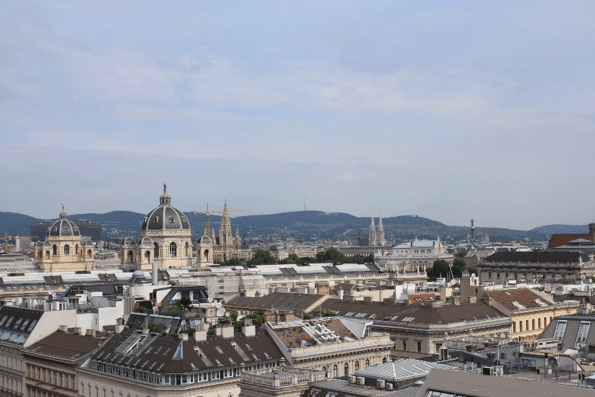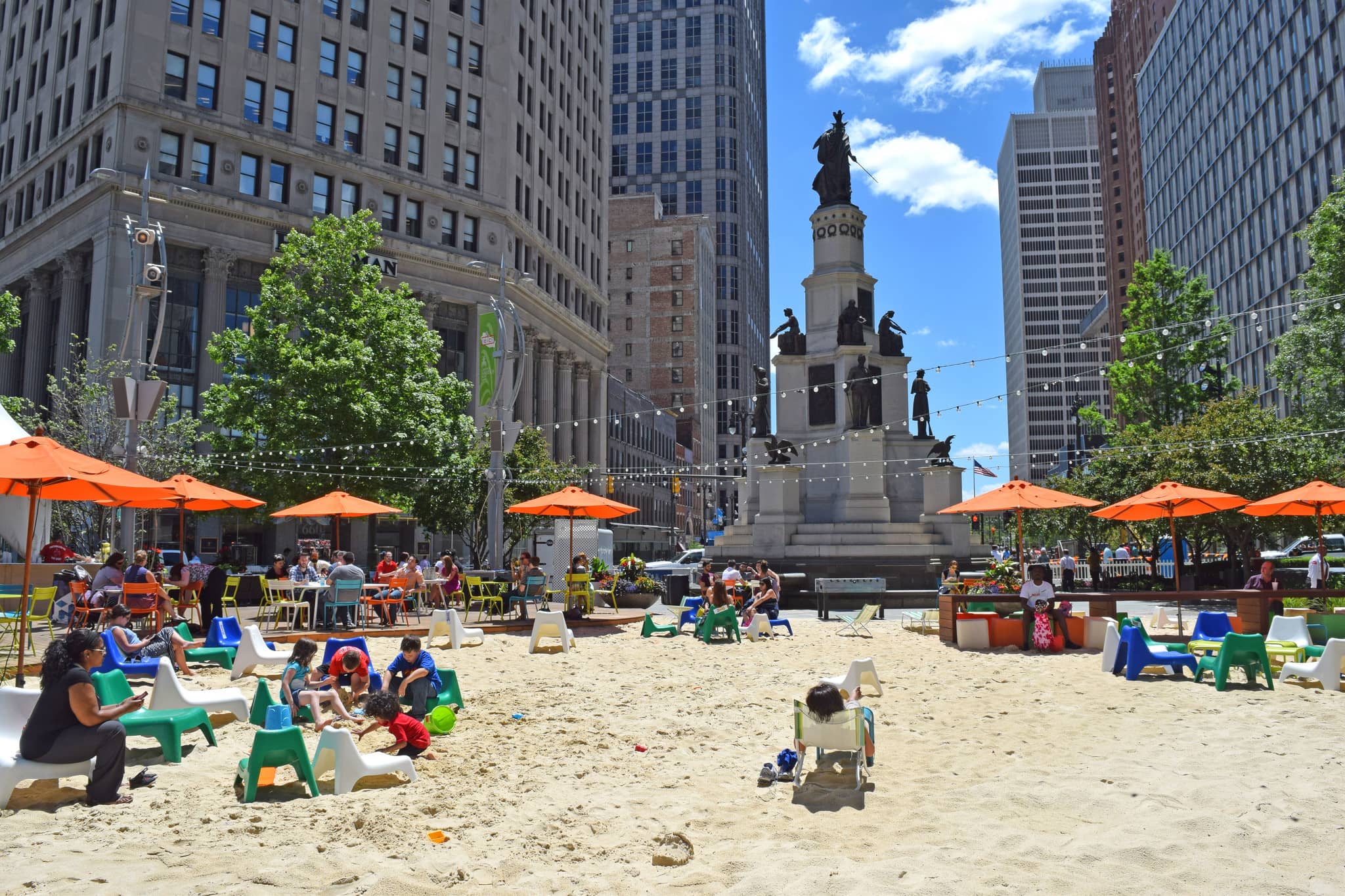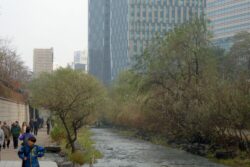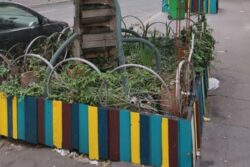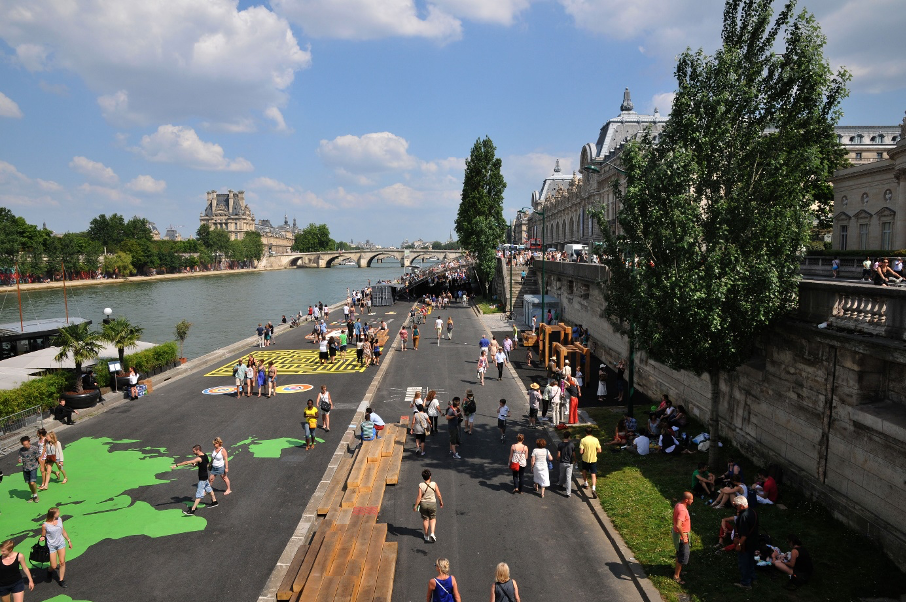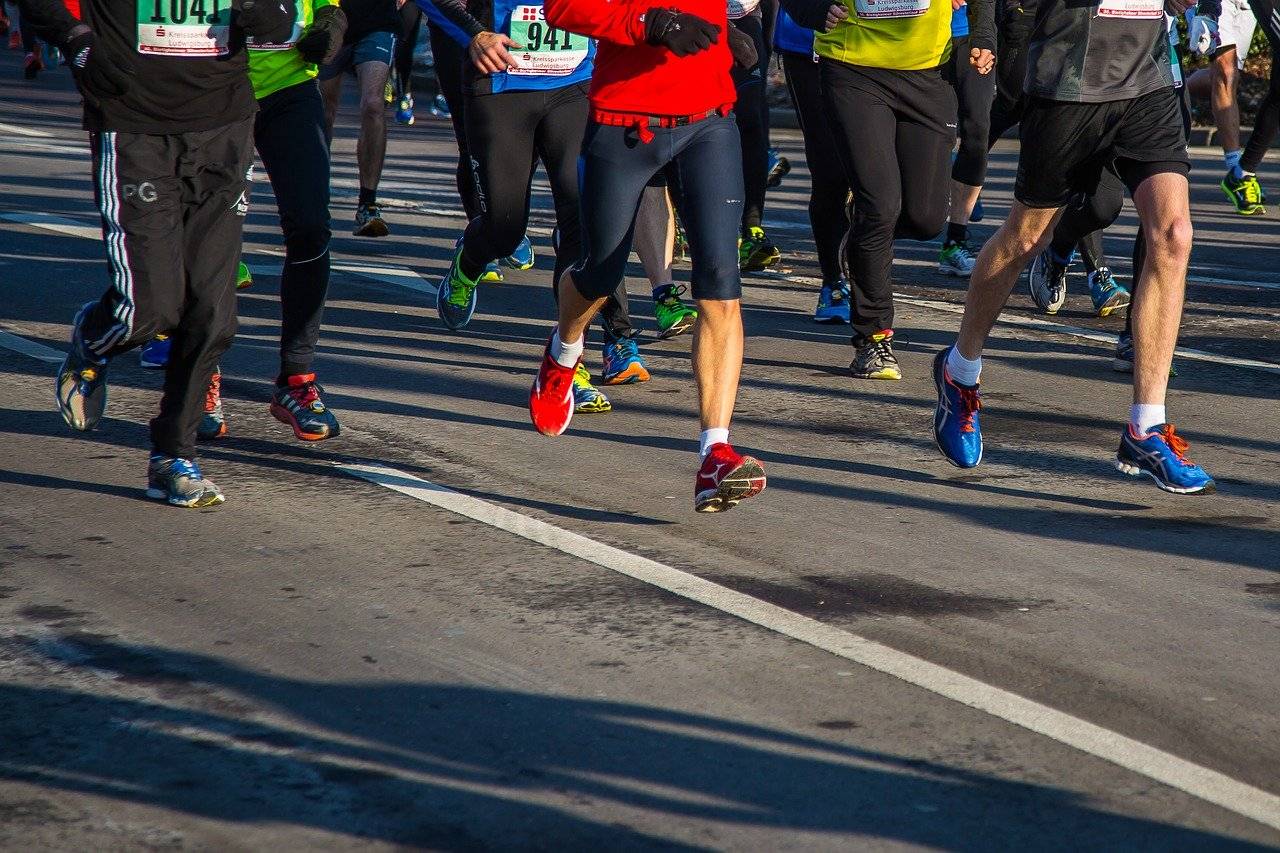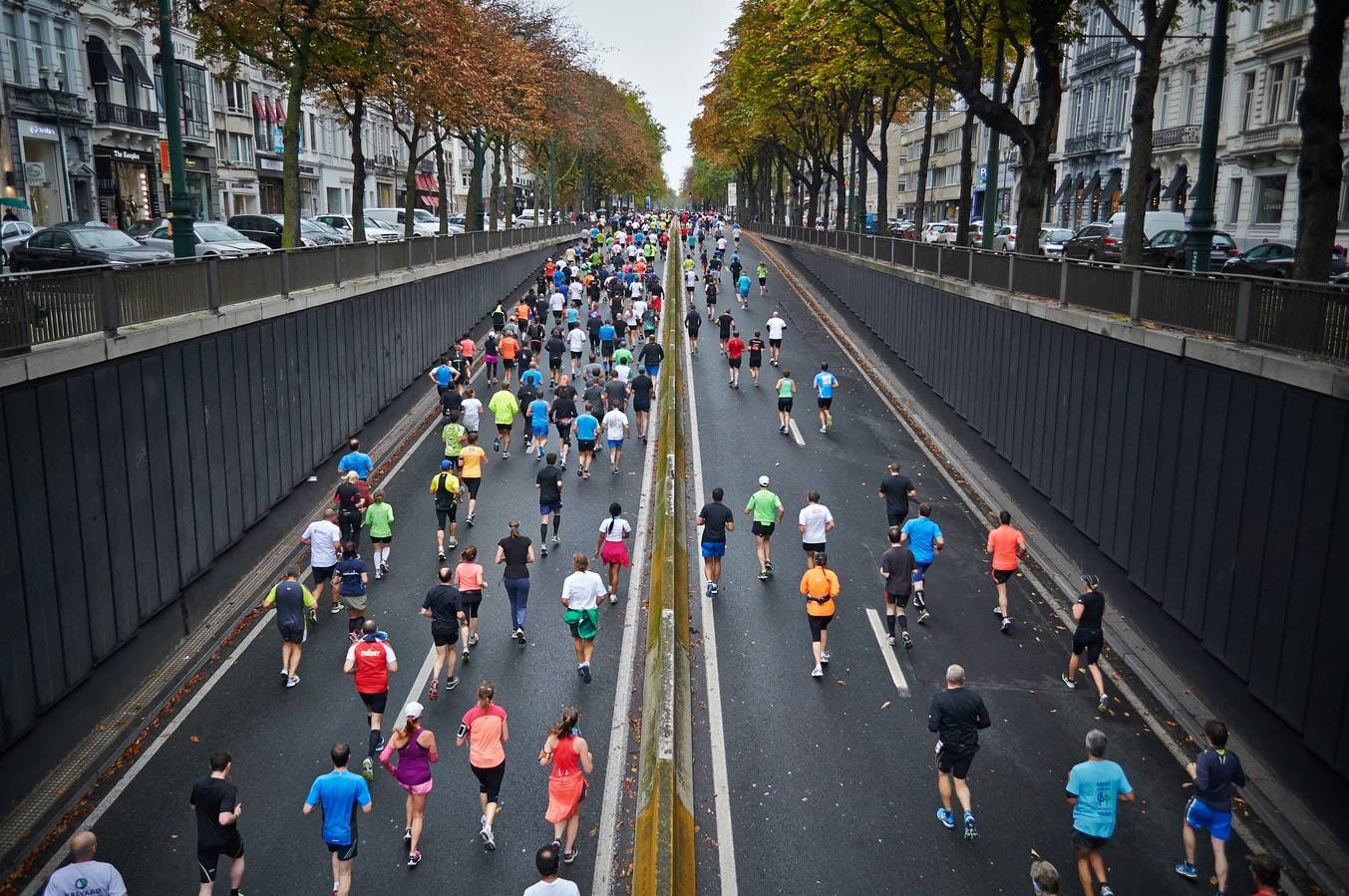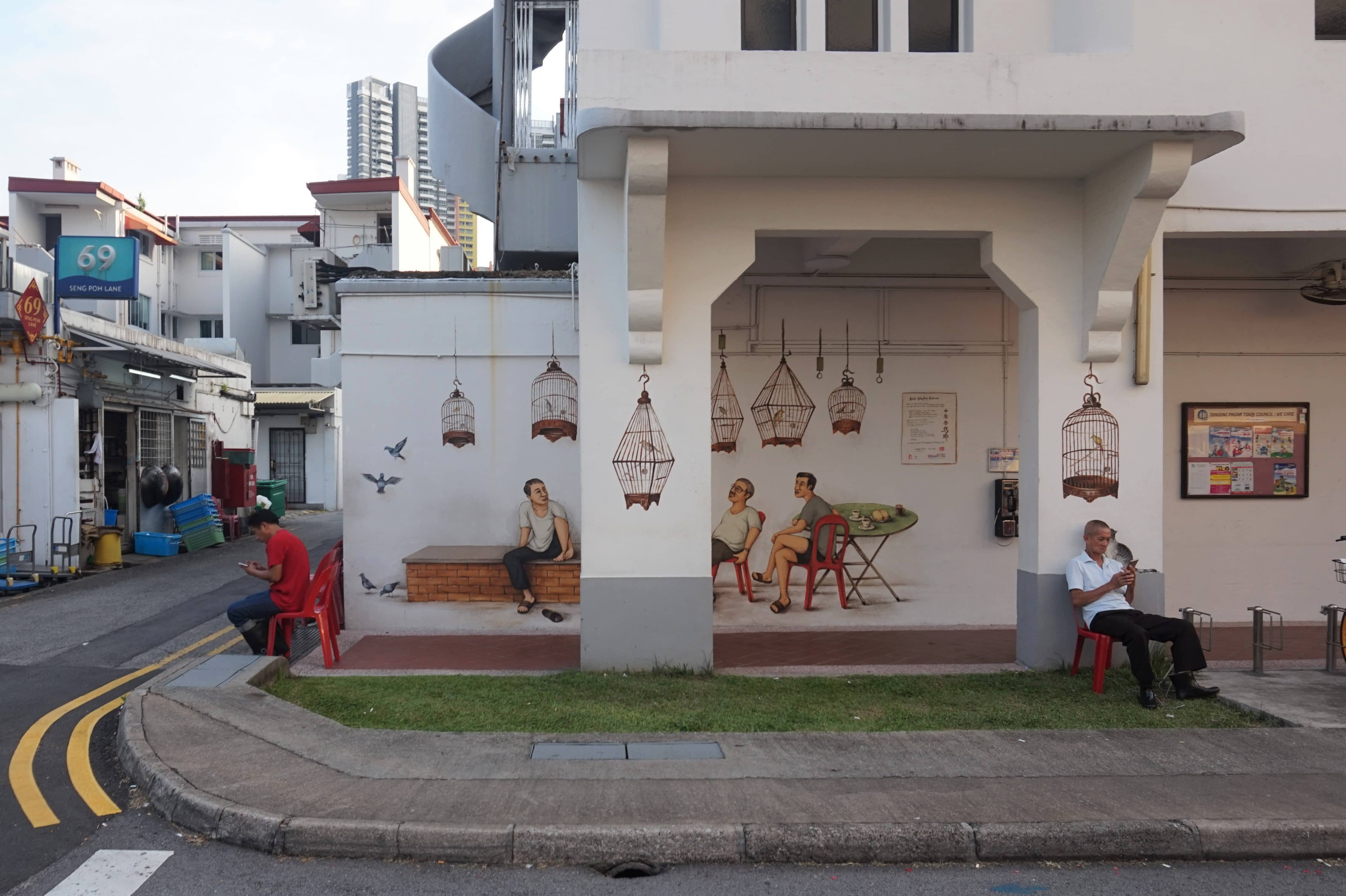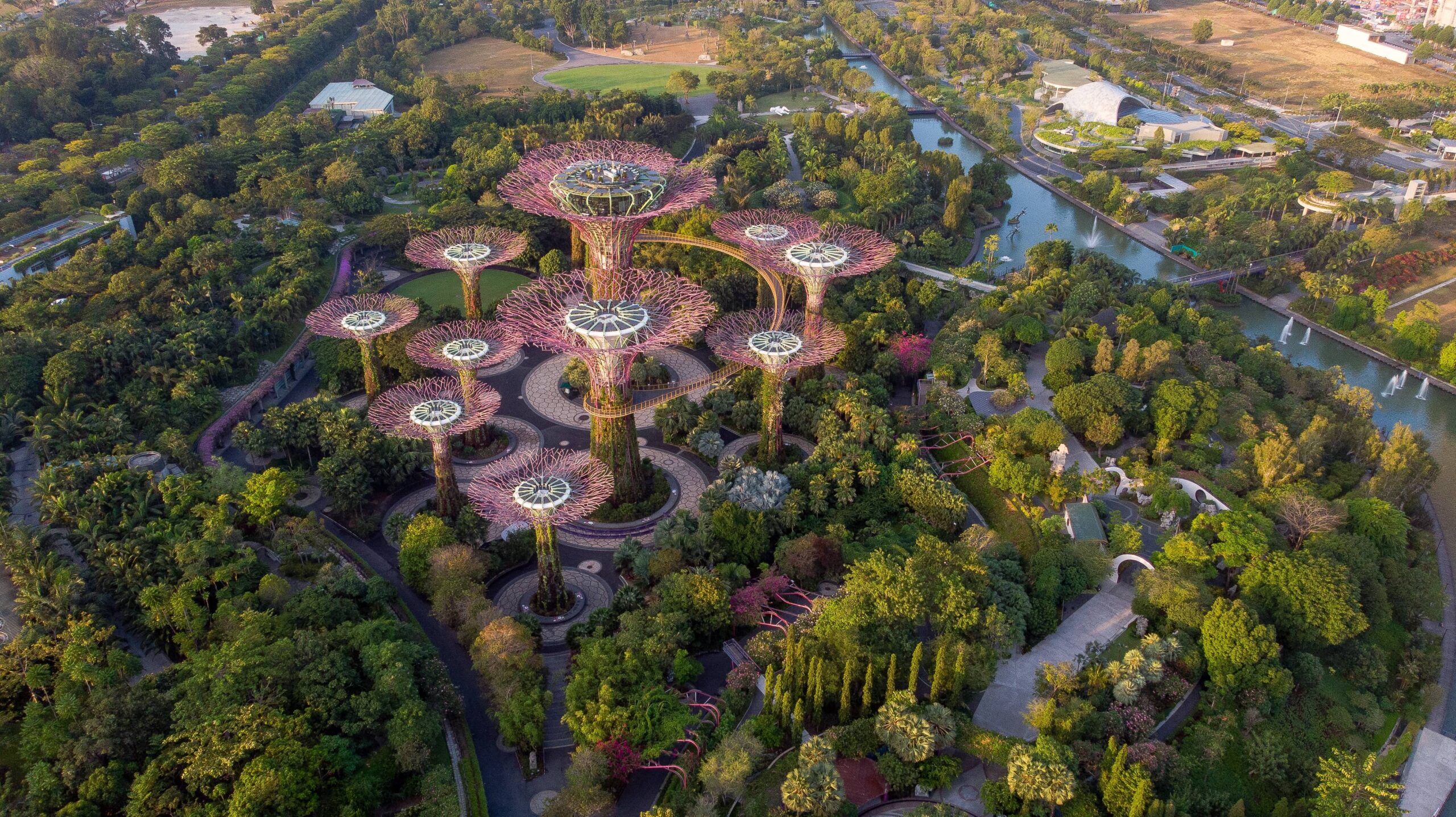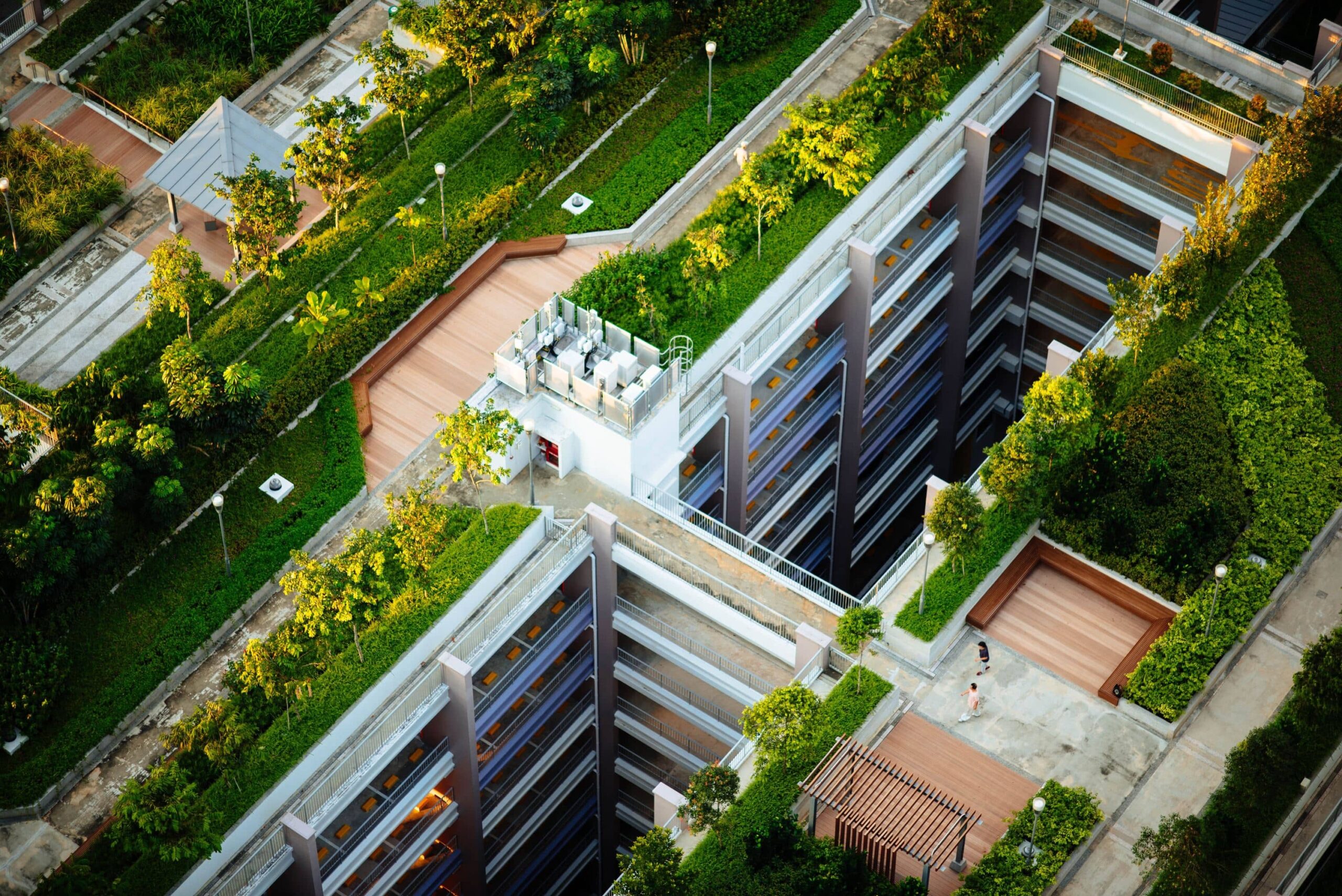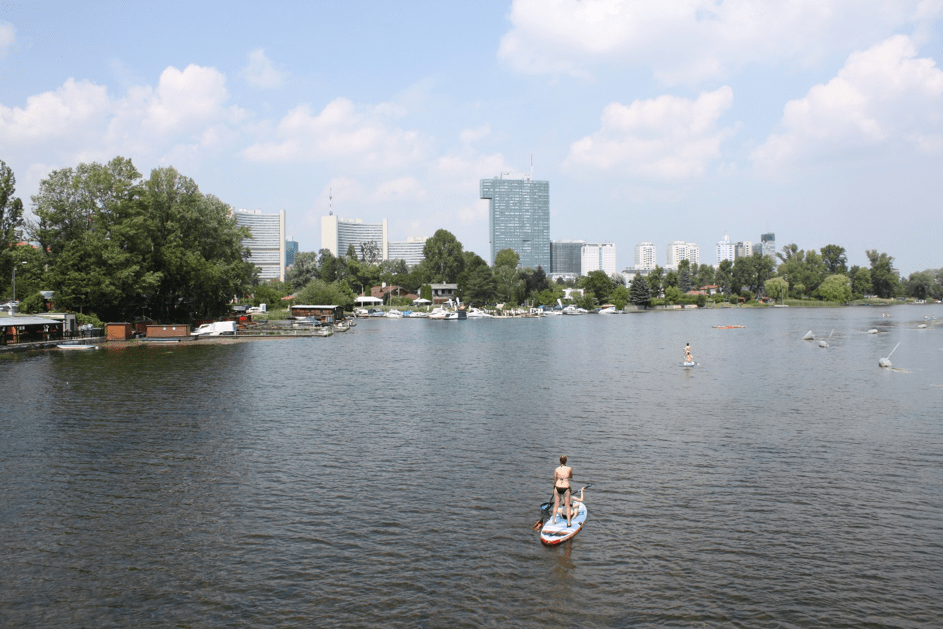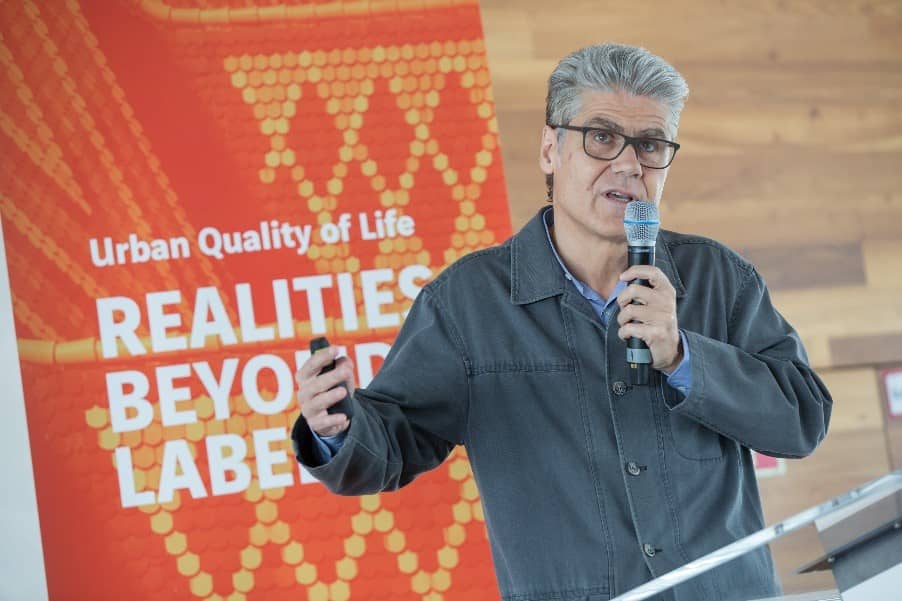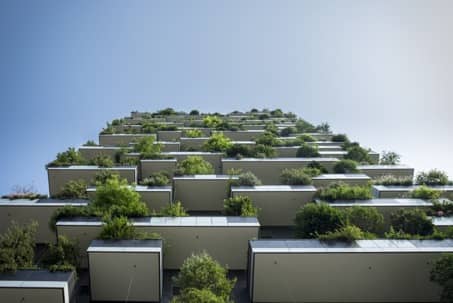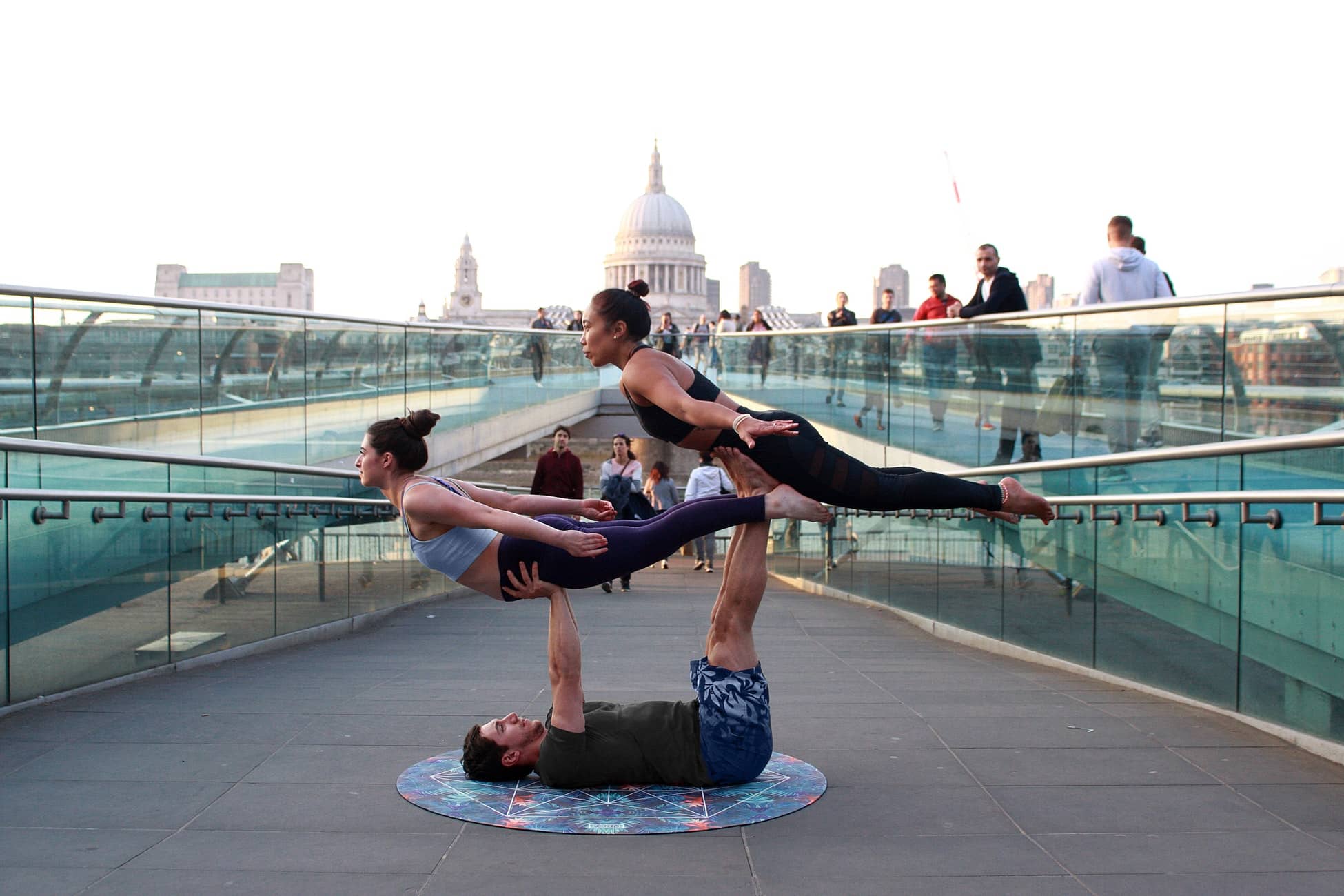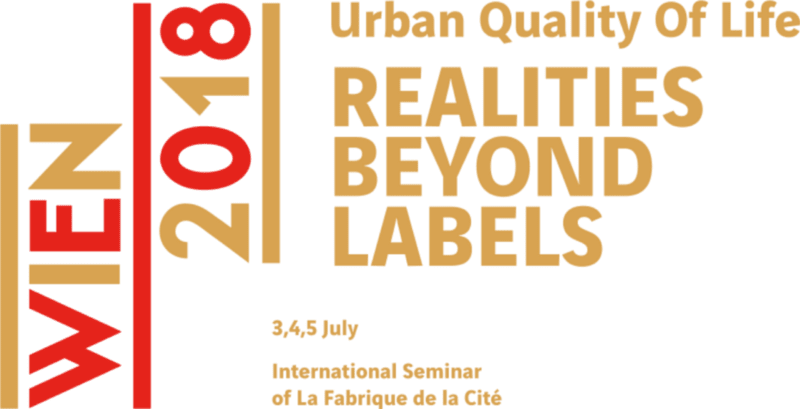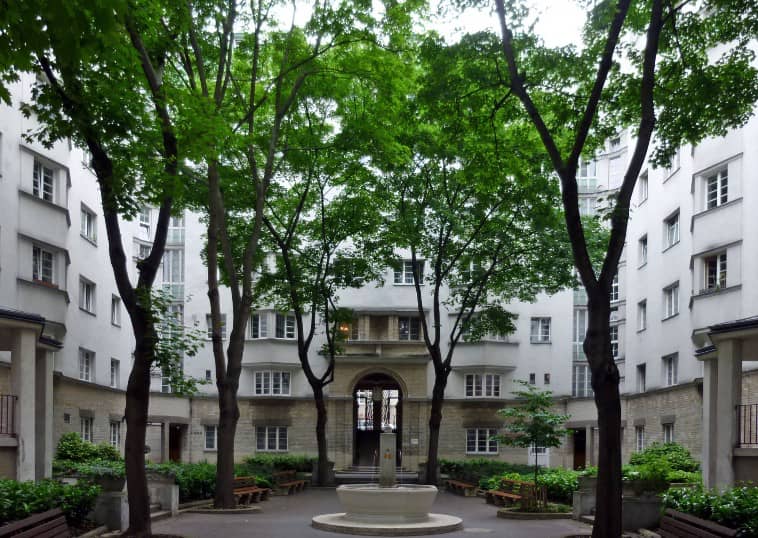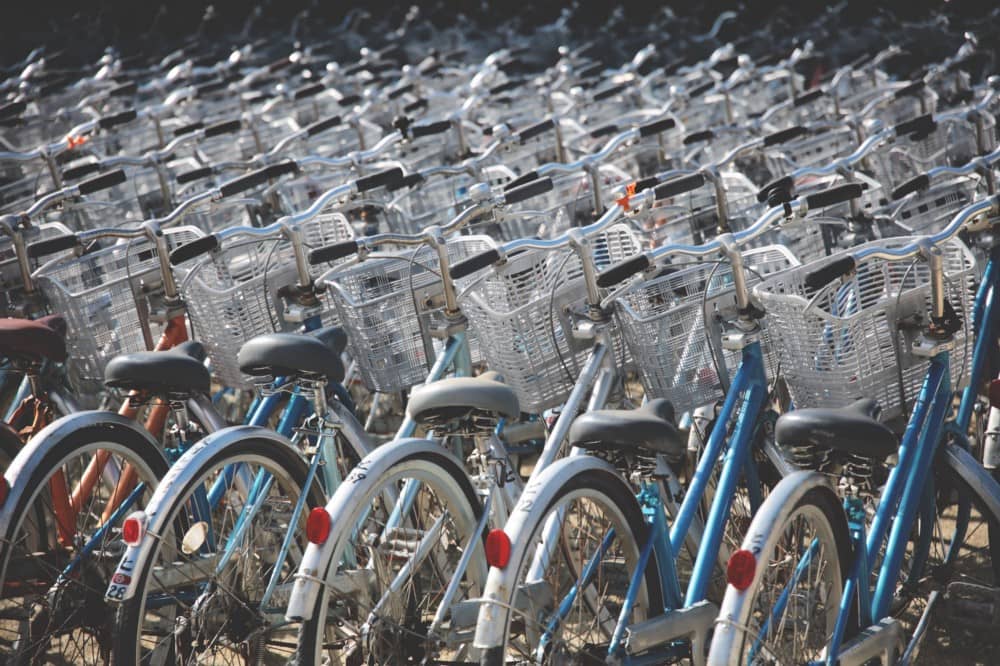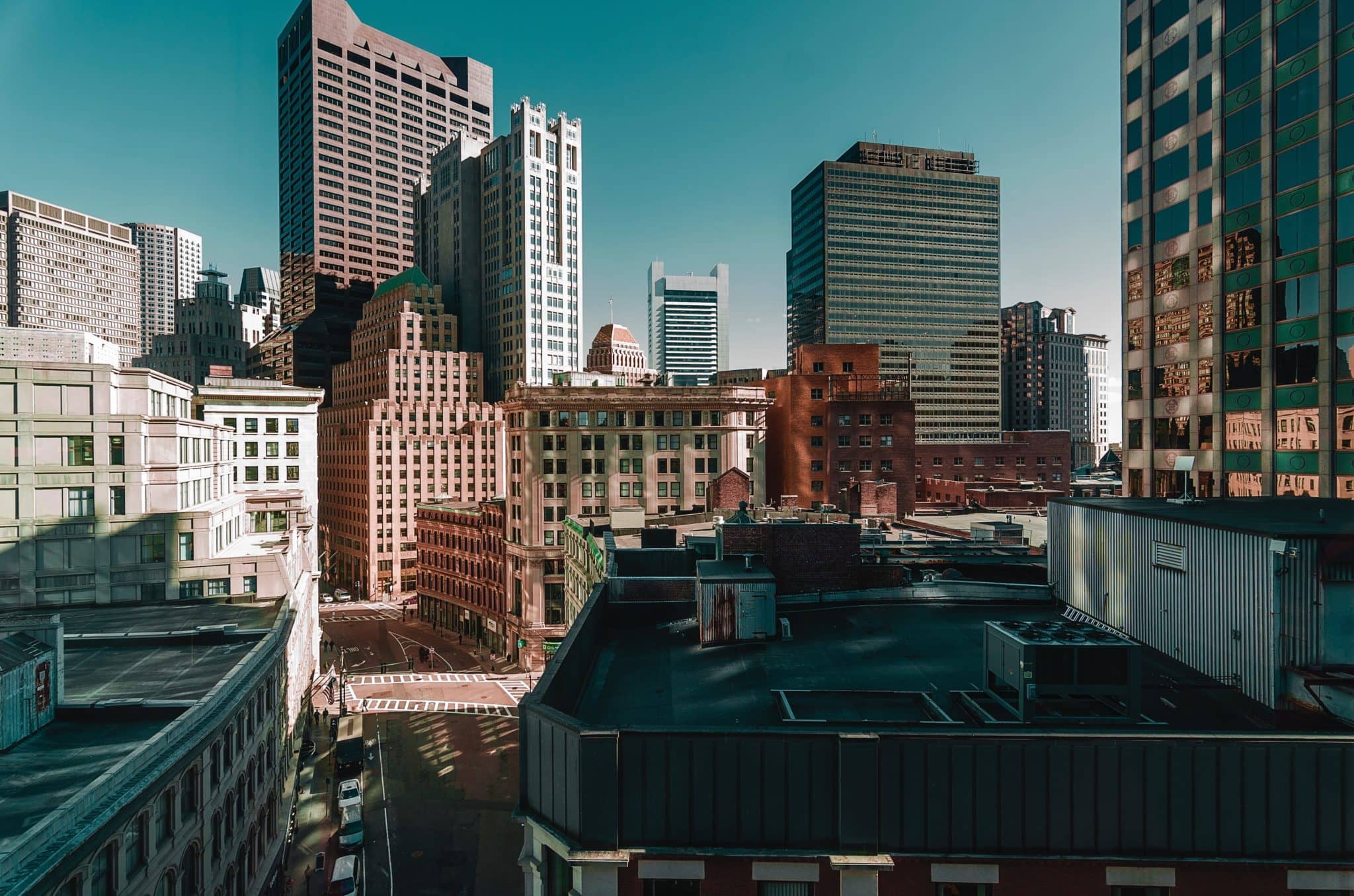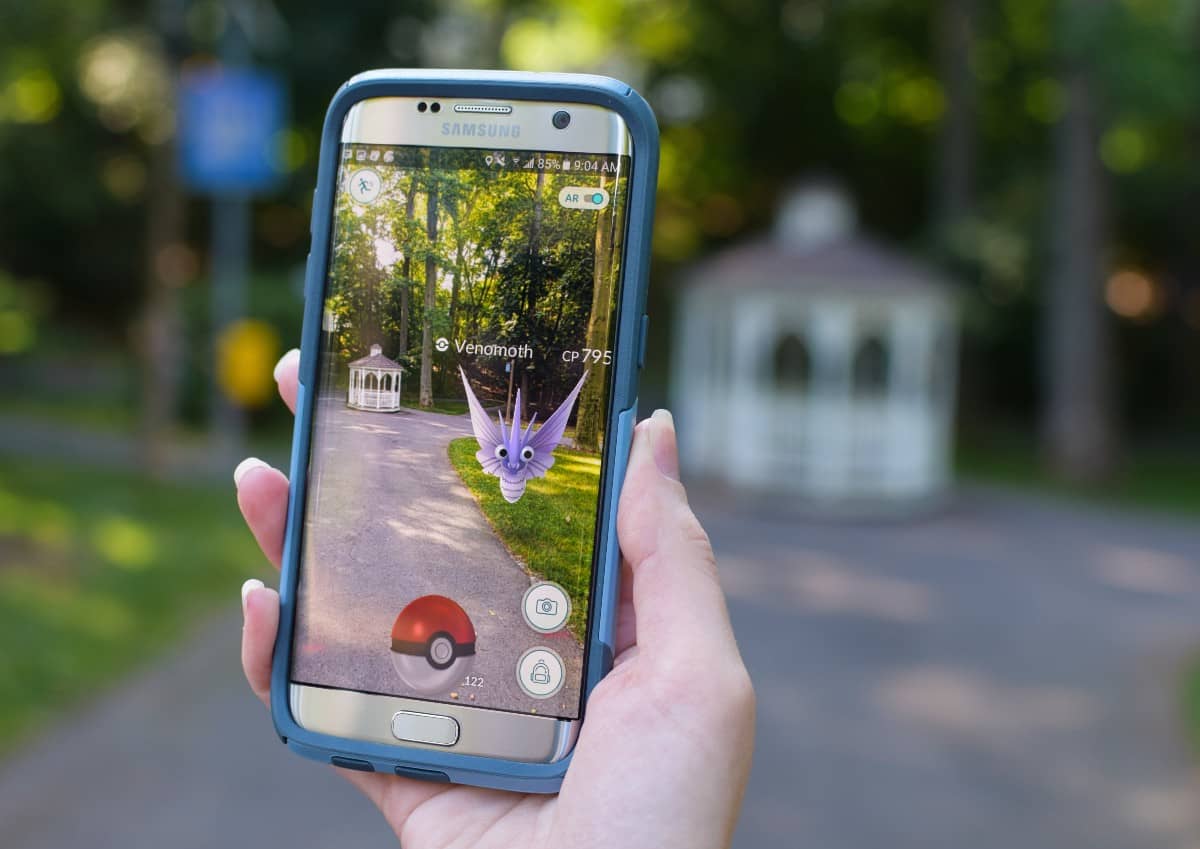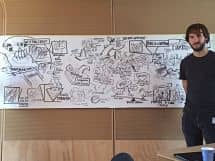

Are public spaces the key to living together harmoniously?
Are public spaces the key to living together harmoniously? Cities have been rediscovering their public spaces for a few years now and bestow a range of virtues upon them. They are said to ensure quality of life and social integration, to be what binds the community together, to be a real space for living together (harmoniously) and for social diversity. The image of the modern city with its efficiency and facilitated circulation has become the alternative model that must be opposed: making public spaces accessible to pedestrians and soft modes of transportation, making them calmer, greener and above all removing cars appear to be the recipe for renewed urban life. The catalogues of good examples of public space development are increasing and do seem to prove this assumption by displaying happy aesthetics and a rise in the use of these spaces, particularly showcased by a superposition of “before and after development” photos. During its international seminar held in Vienna in July 2018, La Fabrique de la Cité fostered dialogue between several public space development experts to question this consensus which may possibly be somewhat too perfect and the link between urban forms and social life: how can public spaces really contribute to improving quality of life? To what extent can quality of life be produced through a review of urban forms?
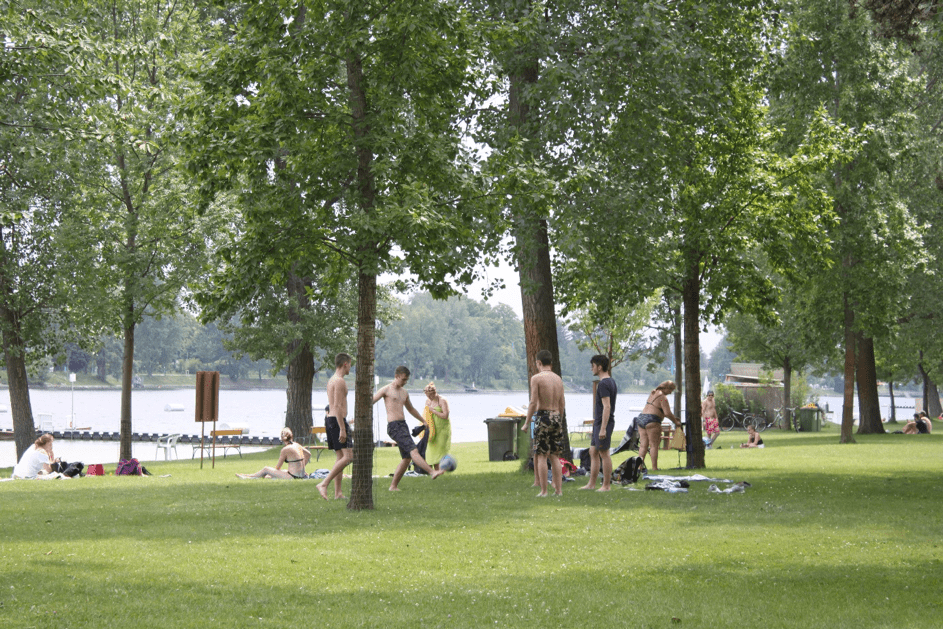
Public spaces as a vehicle for urban life
Let us start by going back to the definition of a public space: in its primary sense, it is, quite mundanely, the space required to access the city. It structures the city and guarantees access to it – and in doing so ensures its proper functioning and vitality. It can take various forms such as streets, squares, parks. Then, the adjective “public” means that this space is (supposed to be) open to all, day and night, free of charge – which does not mean that there is not a certain code of practice which regulates public order. Public spaces are therefore a shared physical space that can be developed and which are used as a medium for a variety of activities and which welcome social life. The prosaic nature of this definition nevertheless conveys the fundamental elements in understanding the real complexity of this space. It should be understood that:
- Public space is not neutral: through it, a city and a society can be showcased and give off a certain image. This defining aspect of public space, which looks at the history of urban development[1], is currently given a particular role due to the importance of image in marketing initiatives for the local area.
- Its form and development may facilitate or restrict certain activities and the access and time spent there by certain categories of people who may or may not be considered desirable. The “public” nature of a public space is therefore not a given, but rather a construct subject to different interpretations.
- Development initiatives are guided by a set of standards and values which tend to influence certain uses and urban life.
Thereupon, Sabine Knierbein, professor at the Vienna Technische Universität and head of the Interdisciplinary Centre for Urban Culture and Public Space, can confirm that “public spaces guarantee urban life and the feeling of urban fabric”. Does this mean, though, that they guarantee quality of life?
What is the connection with quality of life?
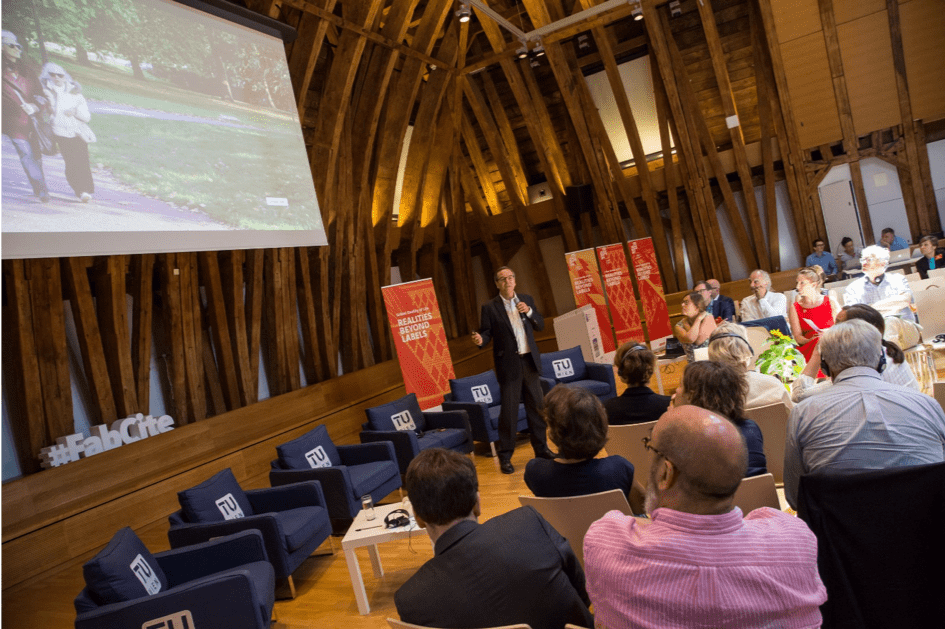
If we consider the social consciousness concerning cities deemed to have a good quality of life, the connection between public spaces and quality of life seems obvious. Several images which fuel this collective ideal were presented by Gil Peňalosa, founder of the urban development consulting company 8-80 Cities: busy squares with terraces and children playing, markets full of different colours and smells which predict good food and friendliness, romantic walks under the trees or along a charming riverside, parks with carefully tended lawns and abundant fountains where people can rest, read and play far from the pollution caused by busy roads, pedestrian streets to wander along, vacant spaces used by dancers, theatre groups and sportspeople, etc. There are many such images. What they have in common is that they showcase the intensity of calm social relationships, social diversity, the pleasure shared with others, a local feel which allows you to identify the location – or at least the cultural area, the cleanliness and aesthetics, and lastly the ability to use the public space to do the activity of your choice. The consciousness related to quality of life sets great store by public spaces specifically designed for intense social life, for forging good living conditions. This raises several questions:
- At a remove from the daily reality of cities and their public spaces, does this consciousness reflect a tendency to reduce quality of life to stereotypes, to images that can be easily Instagrammed?
This trend exists and results in a degree of standardisation in the development of public spaces, inspired by the increasing number of benchmarking cases. It is directly related to the tension found at the core of the definition of quality of life which combines three very different aspects: (1) an objective aspect – corresponding to international standards, which can be generally measured and compared on an international scale[2]– (2) a normative aspect – the collective consciousness leveraged by local area marketing which concentrates conditions into a few strong and consensual images – and lastly (3) a subjective aspect – which is the highly personal understanding of quality of life. However, standardisation only concerns a minority of public spaces in cities, more often than not the most representative or the most central. Going beyond certain poster images, the consciousness discussed also conveys an assimilation of quality of life in the quality of the possible social relationships (and therefore urban life). Fred Kent, president and founder member of the Project for Public Spaces placemaking organisation, confirmed emphatically: “A public space is really high quality when you want to go there regularly and when you forge ties with others there”. In terms of quality of life, social spaces are more important than formal spaces.
- What actually gives rise to this intensely sought-after social life? What role is played by public space development?
Social spaces are more important than formal spaces when defining how public spaces contribute to quality of life in a city. However, does the type of public space have a key role to play in creating this social life? Gil Peňalosa advocates, for example, the importance of changing paradigm to foster social relationships through spaces accessed by foot rather than spaces that can be navigated by car: “Over the last forty years, we have made a series of mistakes when building our cities. Today, nothing is more important than making these cities walkable. Designing streets for pedestrians is beneficial in more than one way. In addition to the physical activity it brings about, which contributes to resolving public health issues, social integration is fostered”. Fred Kent believes that a quality public space encourages inhabitants to leave their homes and to connect with others and proves this by applying the spatial analysis tools developed by the Project for Public Spaces to the public spaces in the new Aspern district of Vienna. These tools are based on the observations made by William H. Whythe in his famous morpho-sociological survey entitled “The social life of small urban spaces”[3]. Accessible spaces for all, available seating that is flexible in its arrangement (alone, in groups, in the shade, in the sun, etc.), shelters from the sun or the rain, spaces which can be used freely to play, to put on a show or to sell food, presence or lack of barriers, fountains and vegetation… These are a few elements of the urban make-up that have proved their effectiveness in facilitating interaction in public spaces, while guaranteeing this civil inattention theorised by Erwin Goffman which is the basis of a certain understanding of urban life in major cities. “Cities face another major demand: to make nature visible again. Eight people in ten want to live near a green area”, observed Florence Marin-Poilot, founder of Urbalia, a start-up for biodiversity in cities.

However, public space development is not a catch-all solution. It has significant but not systematic consequences on the uses developed by inhabitants. Some spaces developed with great care and in line with the typologies which foster a rich social life can remain desperately empty… while others, which are underdeveloped or not developed at all, highly restricted, hemmed in by traffic and therefore in theory adverse to any social interaction, prove nevertheless to be highly animated and enjoy a rich urban life. This observation made in many European cities is also shared by Sabine Knierbein in her research conducted on examples in Argentina. Uses and social relations cannot be conditioned. They can be favoured, and even more easily limited, by an urban typology. They are the product of a society and of a way of life. This claim is not new: Camillo Sitte was already discussing this point at the end of the 19th century, in an extraordinarily farsighted passage which observes the consequences on Viennese public spaces of the radical change to public life enforced by modernity:
“In our public life much has irrevocably changed, depriving certain old building forms of their original purpose, and about this nothing can be done. We cannot change the fact that today public events are discussed in the daily papers, instead of, as in ancient Rome or Greece, being talked about by public readers and town criers in the baths and porticoes or on the open square. We cannot alter the fact that marketing has withdrawn more and more from the plazas, partly into inartistic commercial structures, partly to disappear completely because of direct delivery to the home. We cannot prevent the public fountains from being reduced to a merely ornamental role; the colourful, lively crowd stays away from them because modern plumbing carries the water much more conveniently directly into house and kitchen. Works of art are straying increasingly from streets and plazas in the “art-cages” of the museums; likewise, the colourful bustle of folk festivals, of carnivals and other parades, of religious processions, of theatrical performances in the open market place, etc., disappears. The life of the common people has for centuries been steadily withdrawing from public squares, and especially so in recent times [4].” (Sitte, 1996 [1889], p. 112-113)
Public space can only contribute to improving quality of life in this encounter between a spatial form and a society. The question for all urban planners is as follows: how can this encounter be successfully pursued, while the form remains the same and users change?
- Faced with such a consensus of expectations of public space as a vehicle for quality of life, why do we continue to build so many spaces that ignore them?
If the catalogues of good examples are growing and if mayors seem to be paying new and real attention to creating quality public spaces, we must acknowledge that everyday banal public spaces rarely come near the social consciousness regarding public spaces as a vehicle of quality of life, even though this is the consensus. How can this paradox be explained? It is by calling up the consciousness of quality of life that we see mental images of leisure, rest, holidays, moments spent with friends and family. The expectations reflected by these mental images with regard to public space are real and powerful. Yet they are not the only expectations people have. Public spaces, which reflect daily life in the urban environment, are also subject to other expectations: to be able to get to work quickly, to be able to park easily to drop children off at school on the way, to limit disturbances and ensure security during the day and at night, to reduce pollen-related allergies, etc. There are many expectations that vary according to the use made of public spaces and there can easily be contradictions between then. The same inhabitant may enjoy a bustling and festive nightlife on holiday and may complain about it as a resident.
Urban planners must manage contradictory expectations without being able to identify some as more legitimate than others, as each is a factor of quality of life, a subtle combination between a facilitated daily life and exceptional moments. To avoid what may seem a blind alley, further analysis is increasingly developed with regard to the stakeholders to be involved as early as the project phase for the public space.
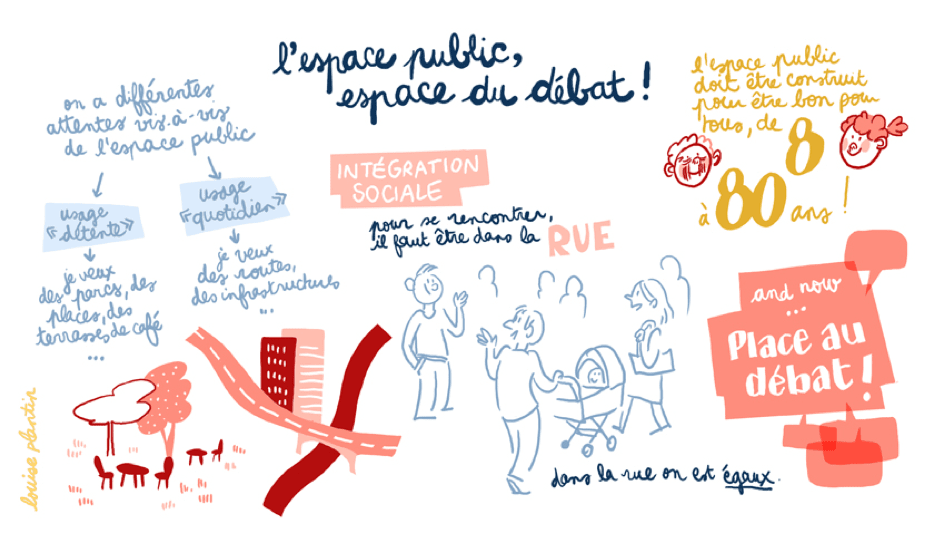
Building “for” or building “with”? The challenge of stakeholder consultation in the development of public spaces
The key to a public space which acts as a vehicle of quality of life seems to be its ability to host different uses and users and to organise their cohabitation. Three main avenues must be explored to achieve this:
- Change the development paradigm to favour the most vulnerable
This is the powerful idea championed by Gil Peňalosa: “the most important, whatever is done in a public space, is that it is adapted to the most vulnerable people. I am thinking of children, the elderly and the underprivileged. Basically, we have to stop designing our cities as if everyone was thirty years-old and athletic”. He therefore proposes to take two user types at both extremes of the age pyramid to test the quality of public space use: an eight year-old child, who can start to have an independent use of public space while remaining particularly vulnerable due to their size and degree of maturity and experience, which means that they cannot anticipate all potential dangers; and an elderly person aged 80 who is vulnerable in particular due to their reduced physical capacity and a greater social isolation. The (simplified) hypothesis of Gil Peňalosa is that if public space can welcome these two user types, it can welcome everyone.
- Shift from urban planning based on consultation to a system based on participation
The development of public spaces is underpinned by a constant questioning of how uses can be successfully planned. To do so, is it better to plan in a small group, to observe existing uses, to consult inhabitants regarding their needs and expectations or to have them play a direct role in the planning and even the development of the public space? Each position has its advocates and critics and the history of public space development fluctuates between these different trends without one ever fully overshadowing the others. Today, there is a preference for participation and co-construction after a period where the focus was more on consultation, as stressed by Sabine Knierbein. At the core of this change, an in-depth questioning of the legitimacy of development professionals and their ability to convey, without betraying, the ideas proposed during consultations, due to their interweaving in the multiple interests which go beyond users alone. “We must accept that the community is the expert. These spaces cannot be designed solely by professionals who have different approaches and do not live there. A mayor’s priority will be the municipality’s economic development, the urban planners will be specialised in one field, etc.”, claimed Fred Kent for example. This position highlights inhabitants’ expertise as users and the precedence of inhabitant use of the public space over other use values, such as the economic value or the political representation value. This raises several questions: what should be done when there is no community already present, as is the case with a new-build site? How can we avoid communitisation and a certain ownership of public space which endangers the public and universally open nature that this position claims to advocate by promoting the inhabitants as experts (vs. the technocrats far from the real requirements)? How can the long-term management and maintenance of public spaces thus produced be ensured? Gil Peňalosa took the example of city parks to stress that “the biggest problem we have with parks is their management. People think that the municipality manages parks. In practice, it only manages 20%. What about the remaining 80%? This is citizen commitment. They must play their role in the park’s life and organisation”.
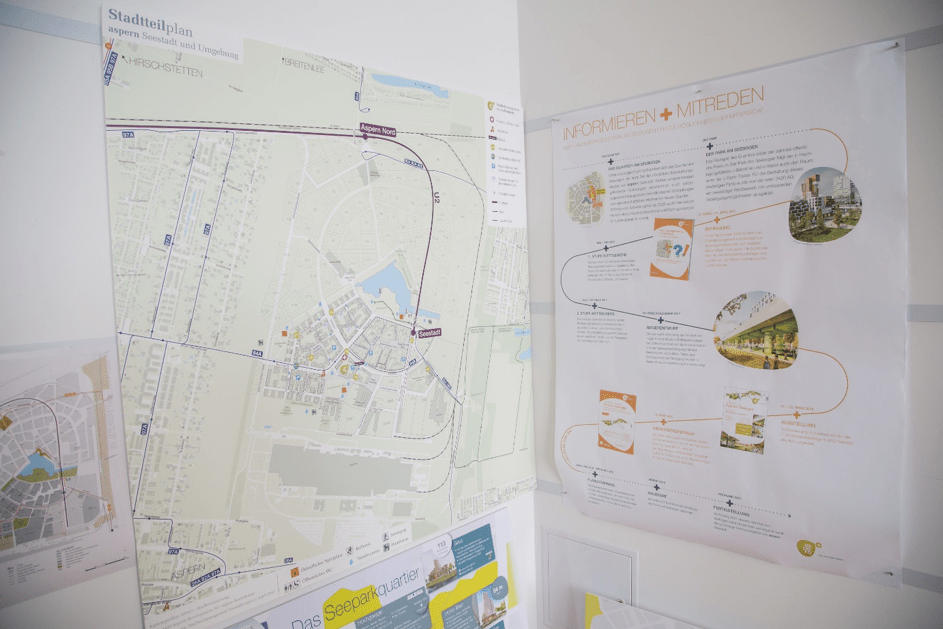
3. Separate use and ownership
The scale of the challenge is enormous: redeveloping public space to make it a vehicle for quality of life cannot be summed up by a few representative city-centre spaces. This project requires a shift to another scale and to deal with everyday and banal public spaces … either kilometres along a street or square metres for a square. Do local authorities have the resources for this ambition? Despite the increasing calls for citizen participation or temporary development, it must be noted that financial resources are lacking for redevelopment sites, and sometimes even simply for the daily maintenance of public spaces. The following question is raised increasingly often: is it possible to entrust the public space to the private sector, which would have the financial capacity and instruments to produce a space of greater quality and to organise effective long-term management and maintenance? Must public space necessarily be publicly owned to be used by the public? Is it possible to separate use and ownership? These questions are not new and many cities, particularly in the USA, took the plunge years ago in what are known as “private-owned public spaces” (POPS), some famous examples of which are in New York (Seagram Building, Paley Park, etc.). The city, which instituted them as far back as 1961, clearly opted for public-private partnerships, by granting more advantageous planning permission in exchange for the development and maintenance of squares and parks right by residential buildings. It retains, however, the public nature of the use of these spaces (which must remain open to all) through strict regulations and a quality standard through the enactment of a charter[5] to which all public spaces in the city are subject whether they are public- or private-owned. Despite real success, this model has come up against strong resistance, not all of which comes from the public sector: a public space, a shared space and therefore one of standards and values, remains separate space.
Reviving the political dimension of public spaces
“Public spaces are what makes us political animals”. (Sabine Knierbein)
What forms the basis of public spaces? Not uses or accessibility, but being a common space and therefore a profoundly political space. Each public space development decision launches a certain social organisation and in doing so an edifice made up of standards and values which apply to all and not only a select few. Gil Peňalosa claimed that “the street is the only place where people can meet as equals. In leisure activities, social inequality can emerge, sometimes violently: the CEO can access restaurants and tennis courts while the poor person has nothing to do. Yet if we improve public space and its uses in the poorest areas, we will improve quality of life for everyone. If the most underprivileged take ownership of these spaces, they can enjoy leisure and recreational activities there. The richest will not be unwilling to frequent quality public spaces. Work on these spaces improves quality of life for all”.
This profoundly political dimension warrants a few comments:
- Public space is fundamentally a space for conflict much more than it is a space for consensus – which takes us far from the mental images of public spaces as vehicles of quality of life which promote relaxed social relationships. Public space is a separate space which means we must ask which stakeholders are able to conduct what could be compared to a societal project and to manage the conflictual dimension, or even that of a space for the political struggle, which is attached to it. There is no single response to this.
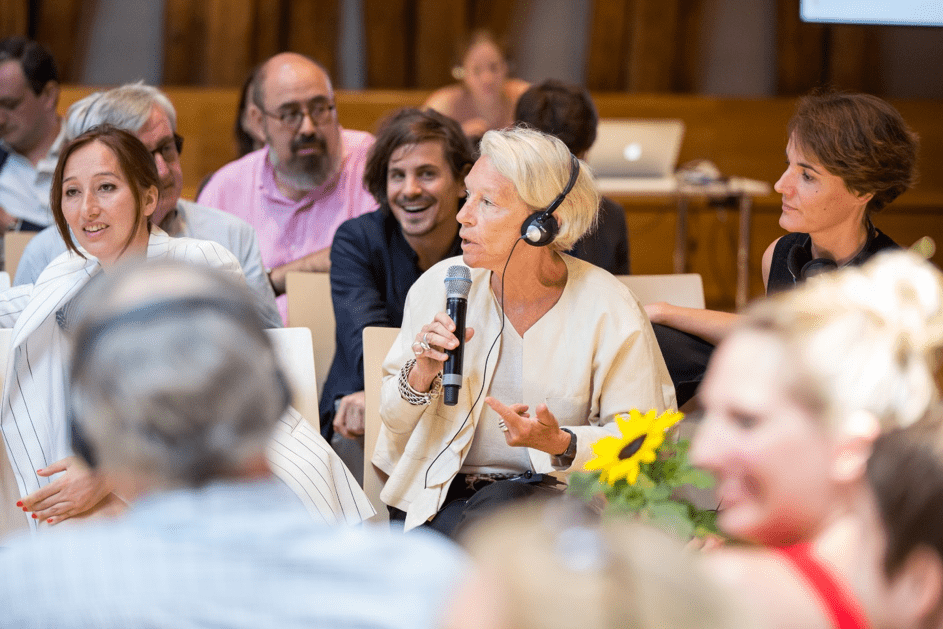
- Public space development cannot be considered solely in terms of improving quality of life. As stressed by Sabine Knierbein, it must also fulfil its primary purpose of being able to welcome everyone, in particular those who have nothing, whether for a few hours or for several years: “a quality public space must contain the minimum to ensure the basic living requirements in the city: access to water, electricity and food for example. A public space must contain what people need to survive in the city”.
- Public space cannot be solely designed as an urban room which is detached from its surroundings. It is also made up of walls, which are the surrounding buildings. Its redevelopment therefore has repercussions beyond a change in its uses and concerns uses of other buildings and even of the district. Sabine Knierbein reminded that good intentions can sometimes lead to the opposite effects, as in the case of the high-quality redevelopment of public spaces in underprivileged areas which result in a significant rise in property prices that exclude the populations initially targeted by the development. The case of New York’s High Line is a well-known example of this. Sabine Knierbein therefore recommended “ensuring that the development of public spaces is beneficial to all. Public space is a catalyst for gentrification. Each development operation should include rent protection to prevent the phenomenon of exclusion”.
Reviving the political dimension of public spaces means understanding that their contribution to improving quality of life goes well beyond aesthetics (while the importance of this should not be denied): (re-)developing a public space, however small and banal, is a project for society. This means having the exacting nature of considering what forms the basis of living together harmoniously. Without this step, any project to improve quality of life will only be superficial and transient.
[2] La Fabrique de la Cité. Les villes face au défi de la course à la qualité de vie : entre marketing territorial et nouvelle approche des politiques urbaines. Mai 2019.
[3] WHYTE, WILLIAM H. (1980). The social life of small urban places. Washington D.C.: The Conservation Foundation.
[4] SITTE, CAMILLO. (1996 [1889]). L’art de bâtir les villes ; l’Urbanisme selon ses fondements artistiques (Der Städtebau nach seinen künstlerischen Grundsätzen, Wien, Verlag von Karl Graeser, 1889). Paris: Points Seuil Essais.
Find this publication in the projects:
-
Quality of life beyond labelsSmart cities, sustainable cities, green cities... What is the reality behind those labels ?
-
The future of public spacesDe nouvelles formes d’aménagement de l’espace public (éphémères, démontables et réversibles) apparaissent ; elles sont supposées (re-)mettre au centre les usagers et favoriser l’expérimentation.
These other publications may also be of interest to you:
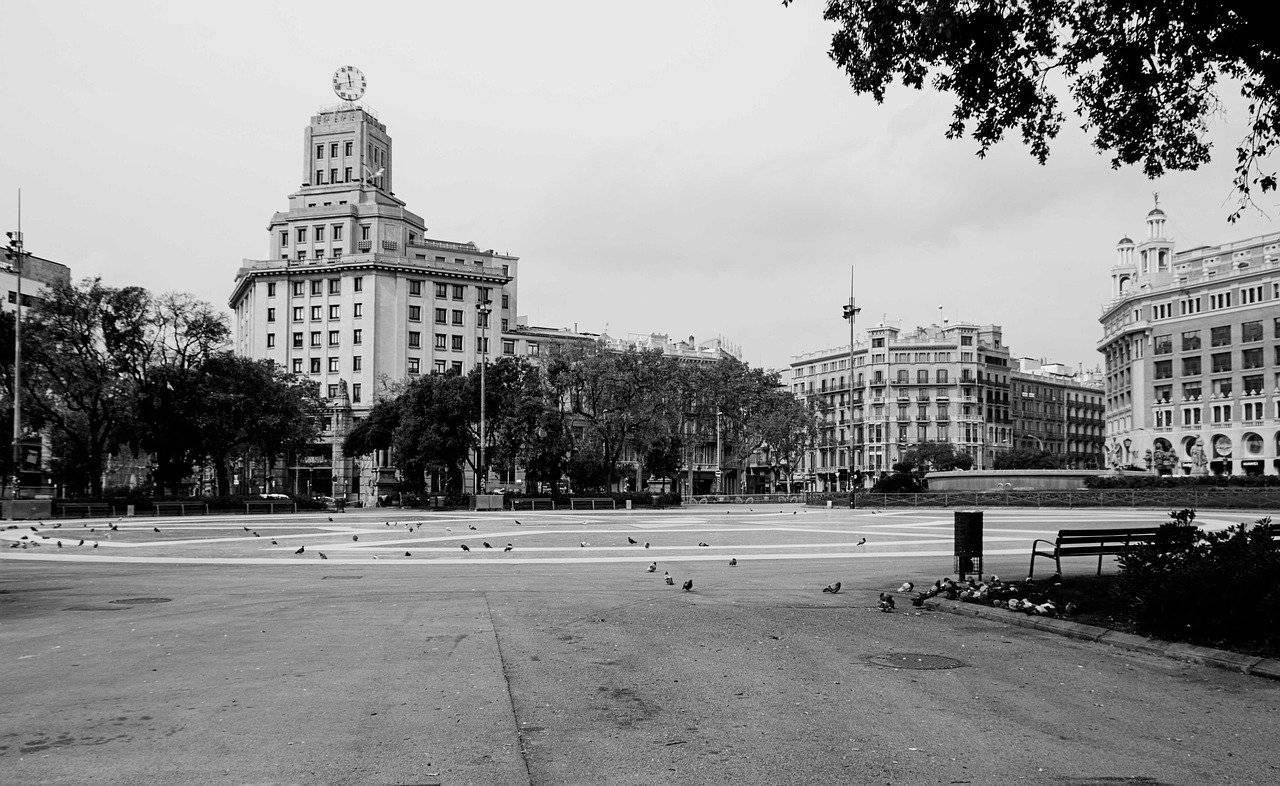
180° Turn
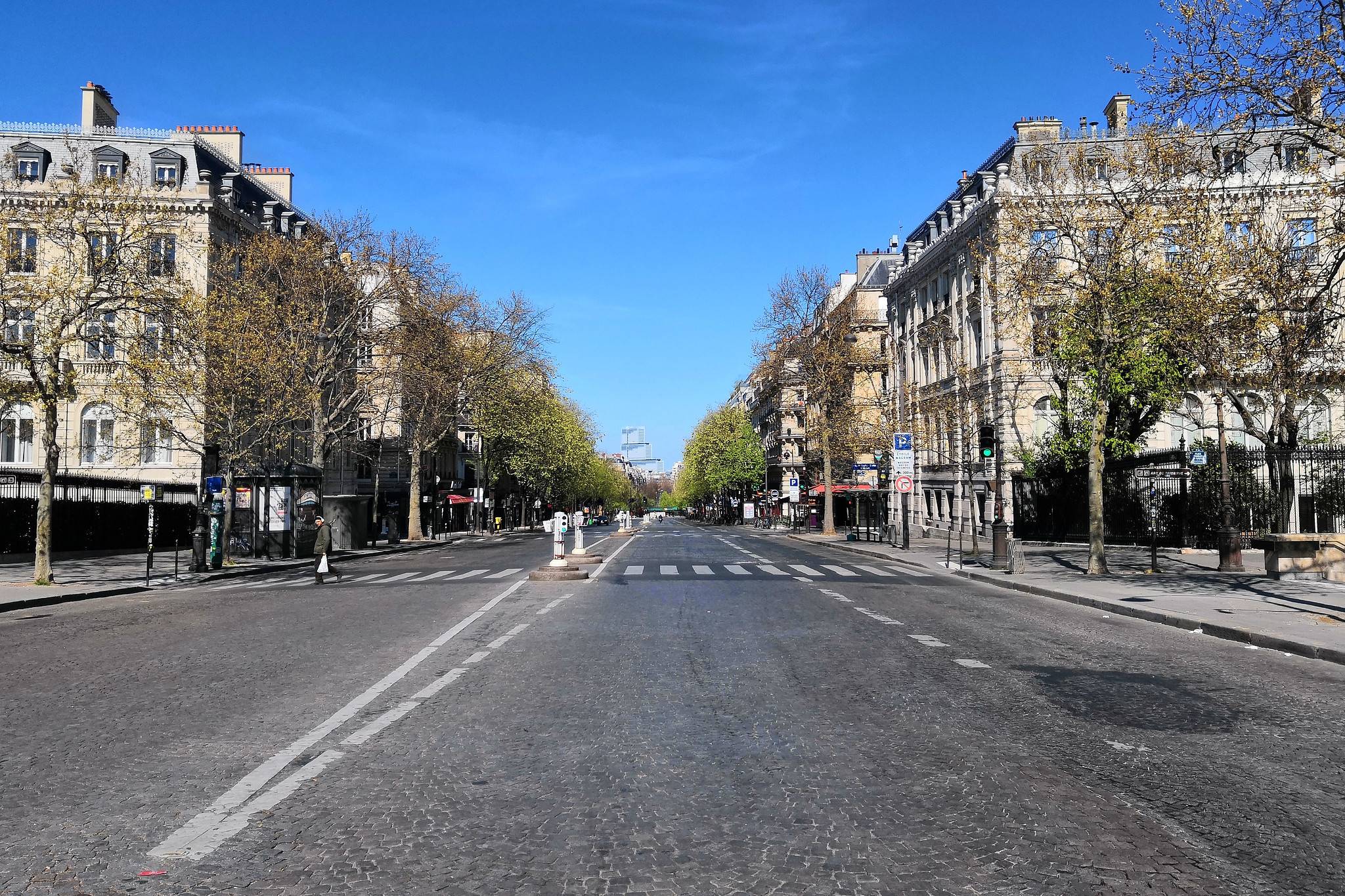
A street named desire
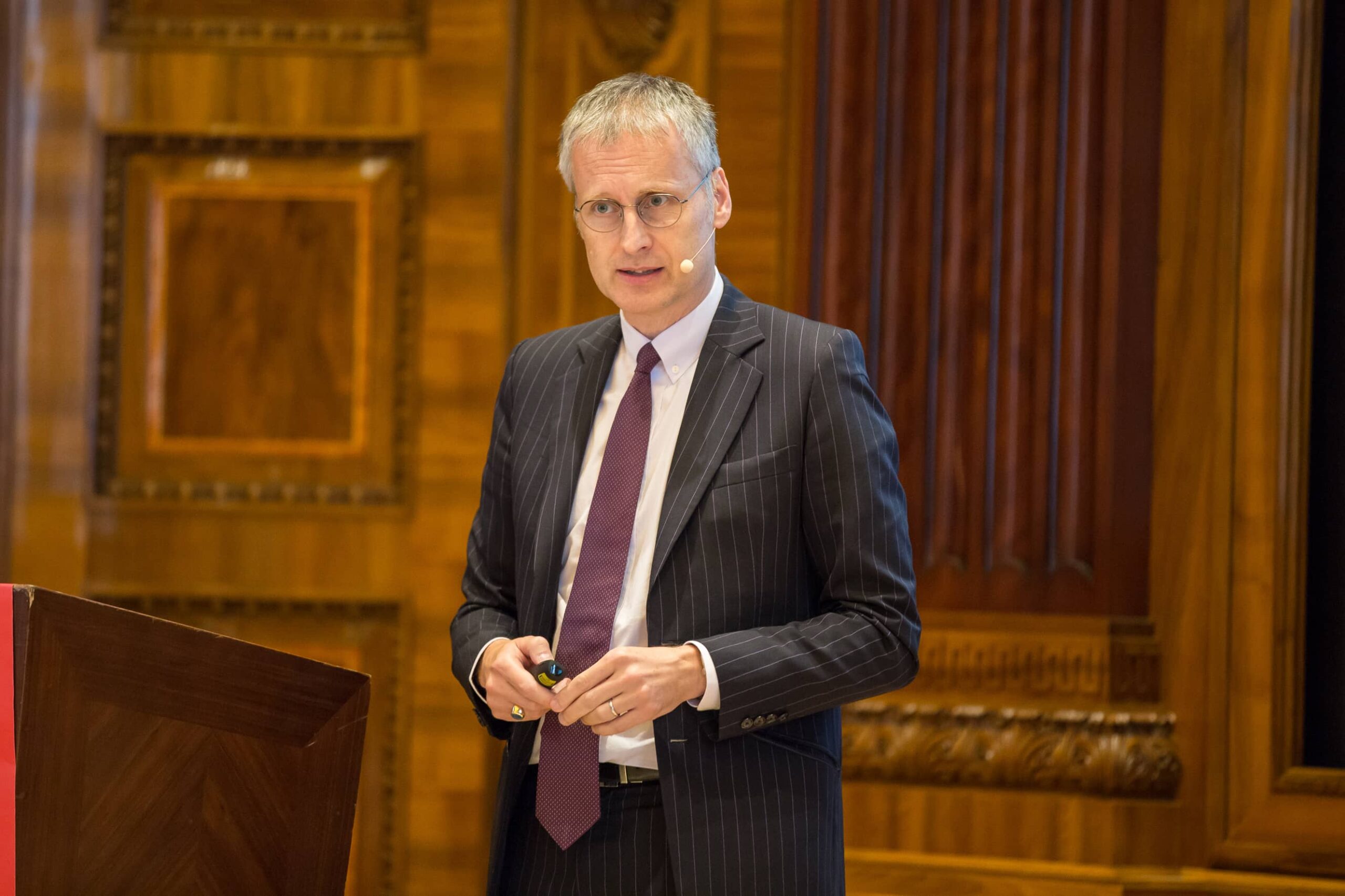
Viktor Mayer-Schönberger: what role does big data play in cities?
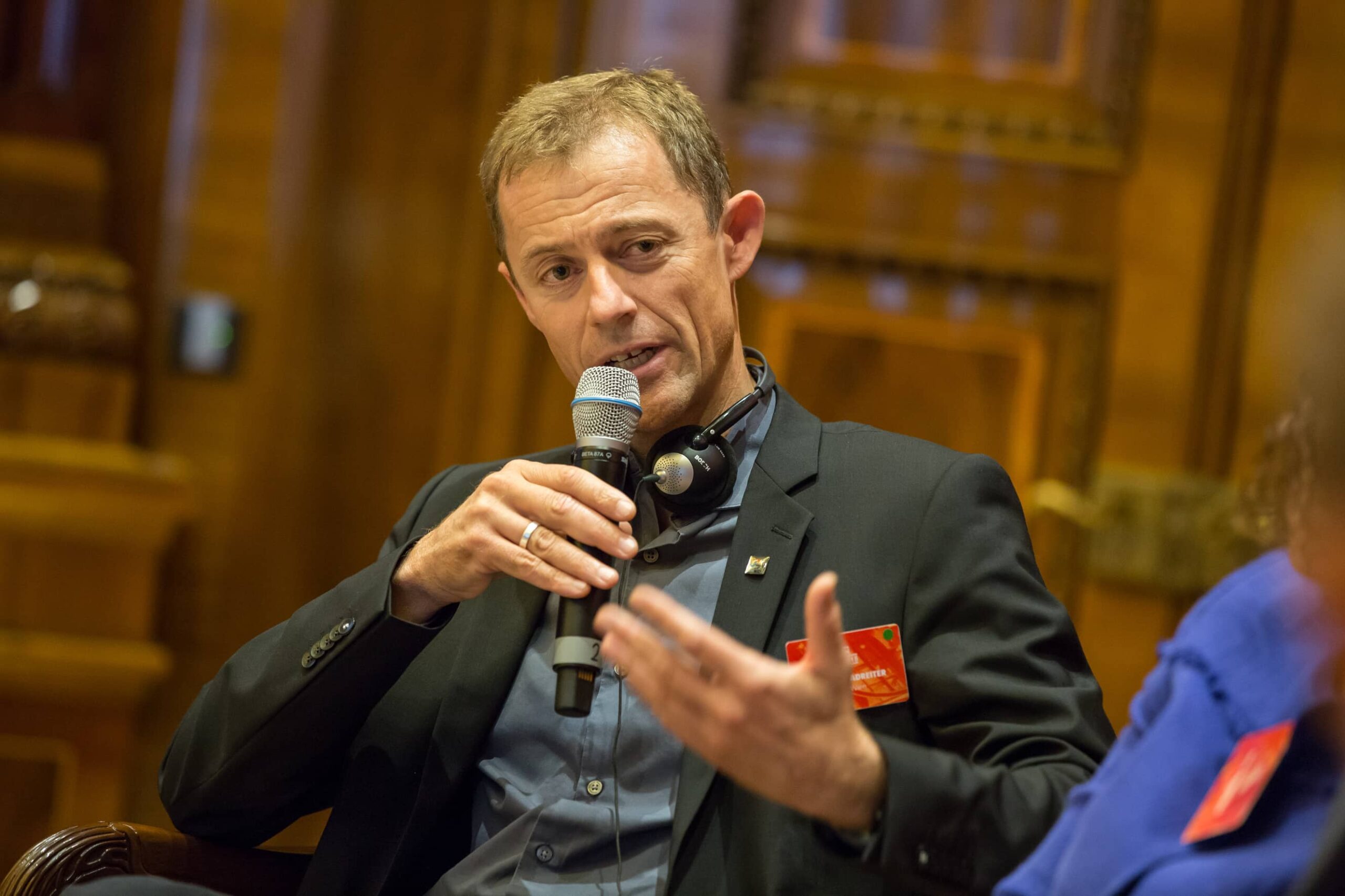
Thomas Madreiter: Vienna and the smart city
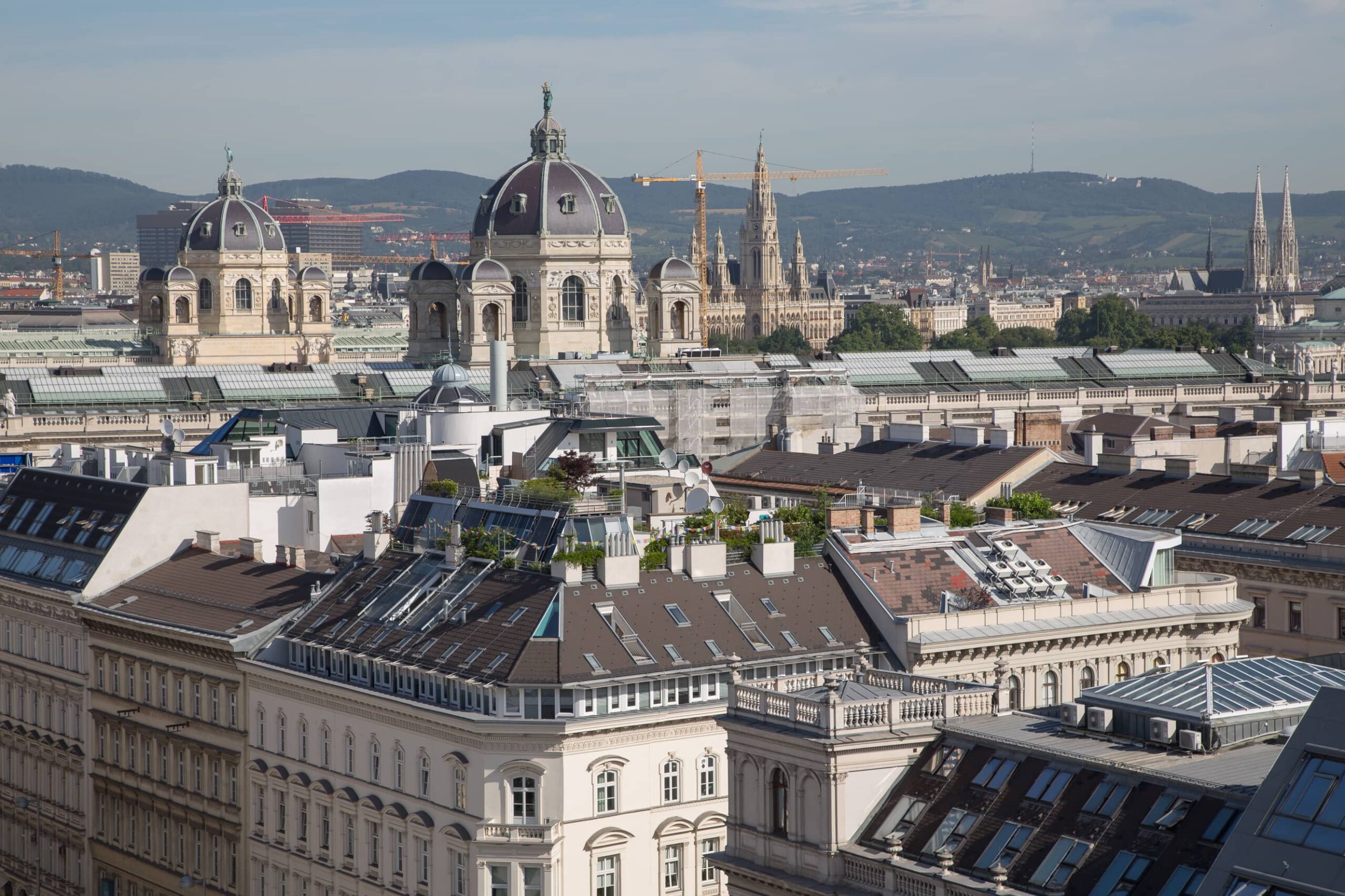
Vienna
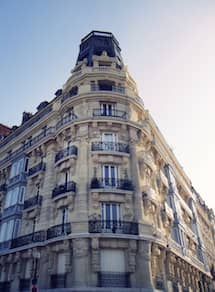
Hausmann and us

Breathless Metropolises
La Fabrique de la Cité
La Fabrique de la Cité is a think tank dedicated to urban foresight, created by the VINCI group, its sponsor, in 2010. La Fabrique de la Cité acts as a forum where urban stakeholders, whether French or international, collaborate to bring forth new ways of building and rebuilding cities.















